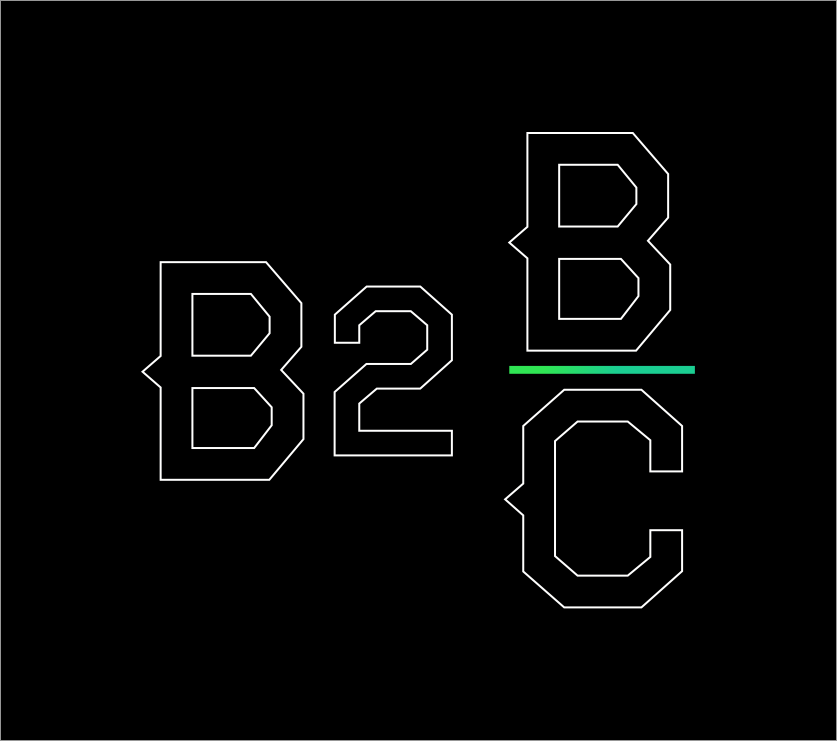Strategy
Content: Straddling the Fence Between B2B and B2C
PUBLISHED: 10/2/2017

We’ve all heard the old quote, “content is king” in the marketing world. Sure, that saying is a bit trite, but as healthcare is becoming more value-driven and requiring a greater involvement from patients, education through content is essential.
This focus on educational content is applicable to both the B2B and B2C sectors of. With long sales cycles, massive investments and changing regulation, the folks in the B2B sphere need to understand how these may impact their decisions, purchases and strategies. On the B2C side, consumers need content to help them better understand, participate in and adapt to new markets.
We’ve seen an uptick in marketing success in many of our clients stemming from content strategy and creation. This is holding true across the industry. In fact, five of the seven top factors cited as contributors to marketing success have been related to content. And, 60 percent of content marketers are planning to create more content this year than the previous one.
Here are three questions to ask yourself as you’re building your educational content library for both B2B and B2C consumers:
- Who in your organization is best suited to educate your consumer? Depending on who you’re trying to reach or what you’re trying to market, different subject matter experts in your organization can help you carry this message. Someone who knows the ins and outs of your industry and audience will help you write trusted, relevant content, as well as serve as the face of the topic for your company.
- Is the message in your content targeted? Regardless of if you’re working in the B2B or B2C healthcare market, the educational content you create must be targeted toward your specific audience. For instance, you wouldn’t send a CFO a white paper on clinical best practices, just like you wouldn’t send a millennial patient a pamphlet for Alzheimer’s.
- Is the information in your content centered on a purpose? Once you know how to target and segment your audience, content developed needs to be relevant and useful for the people reading it. To do this, think about the problem your prospect or patient is trying to solve, and how they’d use this piece of content to do it. A good place to start is developing content around a pain point you hear often or frequently asked questions. For instance, check out this article specifically geared toward using content marketing to increase senior living occupancy.
